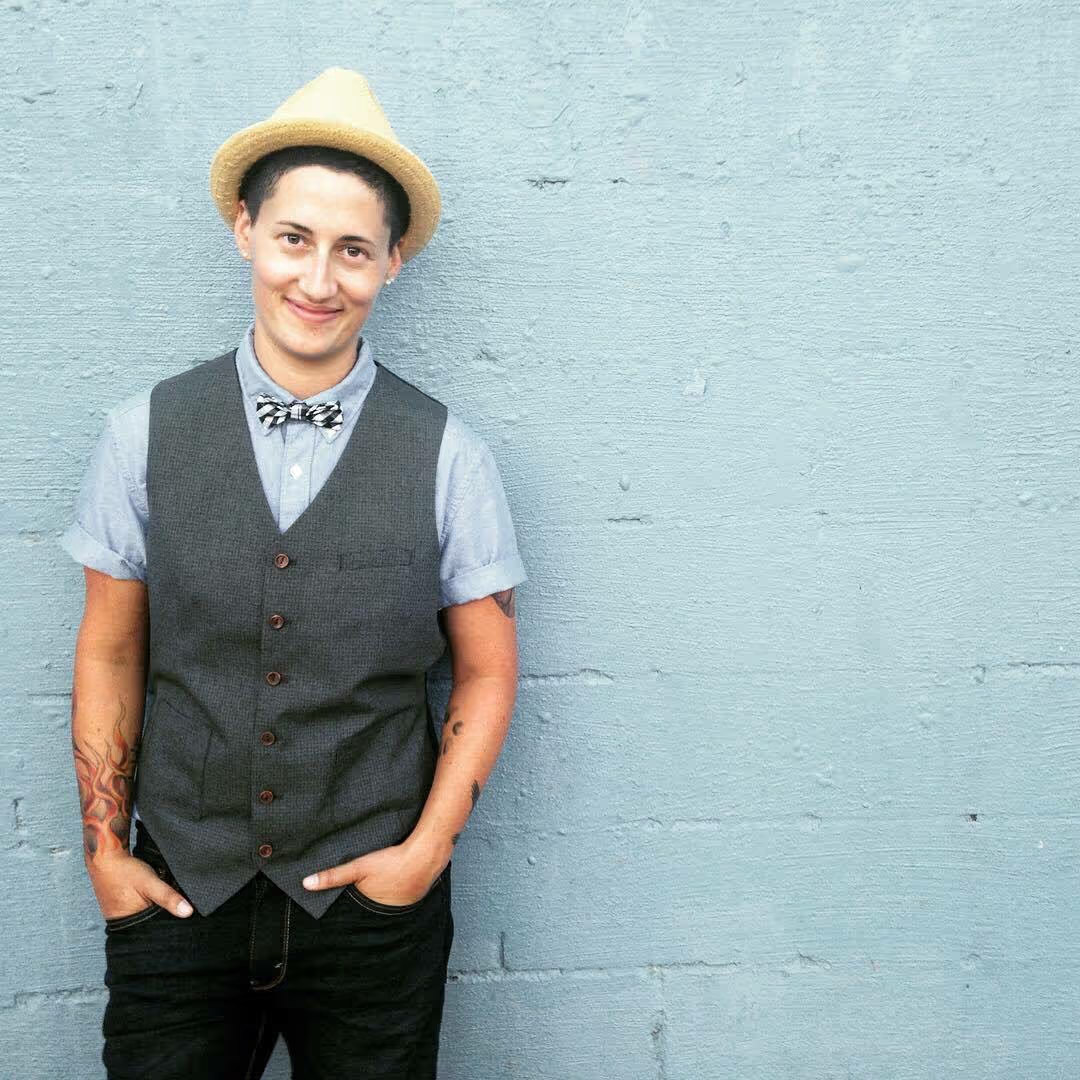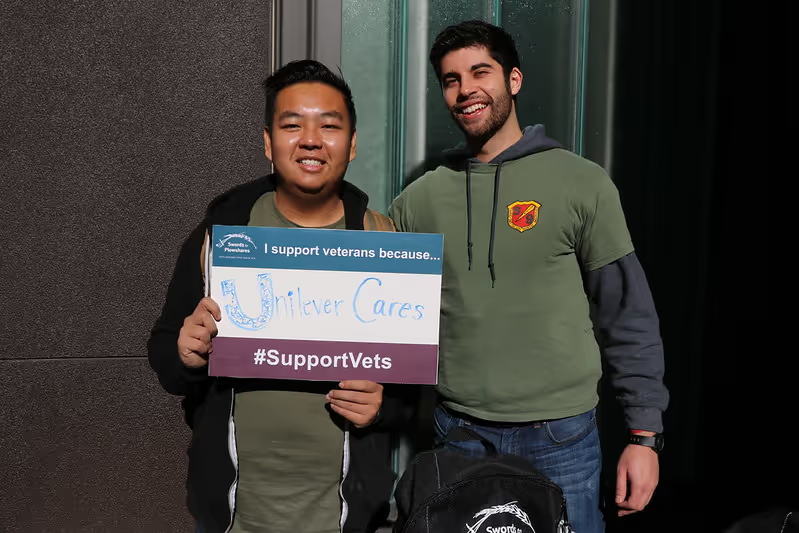It has always been up to veterans and their allies to champion and demand post-service supports. The nation’s investment in veterans has been anything but consistent. Promises made to generations of service members have consistently been broken or underdelivered. It is incumbent on the broader population to dig deeper than flags and platitudes and ensure that real support is delivered.
The following brief examples demonstrate some lessons fought for and sometimes forgotten over recent generations.
World War I and the VA
Long before a federally-sponsored healthcare system provided medical care to veterans, the US government provided veterans with pensions, land grants, and after the Civil War, state- and federally funded soldiers’ homes offered medical care, housing, and food.
But it was World War I (WWI) veteran advocacy that shaped the medical response that we see today. After germ theory of disease was discovered and the X-ray machine invented, WWI veterans began to see the benefits of hospital care rather than the outdated medical practices in soldiers’ homes.
By 1924, the idea of a veteran healthcare system began to take root, with veteran service organizations (VSOs) such as Disabled American Veterans (DAV) and the American Legion advocating to Congress that all veterans of the Great War, regardless of service-connected disability, deserved publicly-funded healthcare.
Some saw the benefit of a unique healthcare system as providing both a dependable medical response and economic self-sufficiency to veterans, while others saw a healthcare system as a way to keep at bay the growing veteran advocacy movement.
By 1932, the Veterans Administration (now called the US Department of Veterans Affairs) was created, with 70 hospitals throughout the country serving more than 44,000 veterans.
The Bonus Army through World War II
In 1924, Congress passed the World War I Adjusted Compensation Act, providing veterans with redeemable certificates to assist in their transition. A fine idea, but fatally flawed in that the certificates could not be redeemed for actual money until 1945. Veterans who fought in a brutal war were told to wait for twenty-one years for assistance.
Eight years after the Act was passed, depression-era vets would not wait any longer. The Bonus Army of 40,000 veterans and their families marched on Washington, camping on the national mall to demand immediate payment. Their efforts were met with violence.
Under orders from Herbert Hoover, then Army Chief of Staff, Douglas MacArthur led Army infantry troops to clear the camps. They marched on the WWI veterans, killing two, and the camp was cleared and burned. It took another four years for the bonuses to be paid out.
After World War II (WWII), WWI and WWII veterans advocated to dramatically improve benefits. They established the most comprehensive GI Bill in history, providing for education and home ownership and decades of economic security for the entire nation. But those benefits and programs were not permanent, and a new era of veterans felt long forgotten by their elder peers in services and supports.
Watch how the Bonus Army’s march on Washington, DC in 1932 shaped veteran advocacy and the government response to veteran needs. (6:52)
The Vietnam Era
Vietnam veterans—many draftees and most from lower middle- and working-class backgrounds—returned to a country disinclined to provide support. Post-traumatic stress disorder (PTSD), a psychological fallout of war and military service, was not recognized until 1980, and even then was often categorized as “post-Vietnam syndrome,” a term that loosely captured a host of conditions related to service.
VA hospitals had been neglected for decades and were deemed medical slums. The availability of healthcare and benefits was woefully inadequate and public sentiment was not on the side of Vietnam veterans. What followed was decades of societal neglect.
Throughout the late 70s and 80s, leaders in the Vietnam generation demanded care. Advocates fought to expose the grossly disproportionate numbers of veterans experiencing homelessness, substance use addiction, unemployment, poverty, and family dissolution.
They fought to establish PTSD as a recognized condition listed in the Diagnostic and Statistical Manual of Mental Disorders (DSM) and opened the door to establish service connection for the invisible wounds of war. Thus began a national discourse about the mental trauma of war and its lasting impact, a discussion that initiated research on chronic, long-term PTSD.
The physical health consequences of Agent Orange exposure were denied and dismissed. Agent Orange litigation led to criteria for compensation and medical care for a host of long- and short-term physical ailments.
Michael Blecker, Swords to Plowshares Executive Director, along with other Swords to Plowshares staff attorneys and fellow advocates, helped develop the Agent Orange Self-Help Guide and served on the National Agent Orange Settlement Advisory Board. Still to this day, emerging health issues are being tied to Agent Orange, and advocates are on the frontlines demanding care and recognition.
Listen to Swords to Plowshares Executive Director, Michael Blecker, discuss the poverty draft of Vietnam veterans and its impact.
Post-Vietnam Community Care
Following Vietnam, veterans returned to a system that largely rejected them and was designed to address the needs of their fathers and grandfathers. These veterans also championed community and peer-based care (that is the theme of this Toolbox.vet guide), much of which discusses lessons learned responding to decades of neglect, extraordinary rates of unemployment, homelessness, drug addiction, family dissolution, and suicide.
In communities, small local groups like Swords to Plowshares were formed and began as peer-to-peer models of vets helping vets, as places where veterans could speak freely with one another. Veterans began to see the benefits of talking with someone who was culturally informed and understood their unique experiences. These models were recognized as effective and then adopted by the VA in the form of Vet Centers, community-based re-adjustment counseling services. Located in storefronts, these centers did not reflect the towering gray bureaucracy of the VA and the Department of Defense (DoD), and are to this day separate from the Veterans Health Administration in terms of patient confidentiality and eligibility for services.
Community-based groups also grew, securing government contracts to deliver employment services. By the 1980’s, these groups recognized that veterans were grossly overrepresented among the nation’s homeless population. Something was seriously wrong, and veteran providers went to work to respond.
In 1986, the VA began contracting with community-based organizations to provide transitional supportive housing and accompanying social work resources. And in 1990, a group of community-based organizations joined together to create the National Coalition for Homelessness Veterans (NCHV) which continues to work on behalf of their members and veterans experiencing homelessness throughout the country.
Michael Blecker, Executive Director of Swords to Plowshares, discusses how Vietnam veterans responded to the needs of Iraq and Afghanistan veterans. (0:50)
Post-Vietnam Generations
Having observed the dichotomy between WWII and Vietnam treatment, we should have learned our lesson. Only we did not. Gulf War veterans suffering from toxic exposures were deemed malingerers and had to fight once more to gain recognition for service-connected illnesses.
Gulf War Syndrome is another umbrella term, similar to Post-Vietnam syndrome, for conditions tied to their combat and wartime experience but also suggesting malingering. But it disfavors a population seeking specific care, support, and research for their health needs.
Most recently, post-9/11 veterans with the help of previous generations fought to re-establish meaningful education benefits, advocated for traumatic brain injury research, and helped reduce bureaucratic obstacles to disability benefits. They fought to redress institutionalized harm, including overuse of administrative discharges to cull injured troops from the ranks, the military’s Don’t Ask, Don’t Tell policy to discharge LGBTQ+ veterans, and the scourge of military sexual trauma.
The More Recent Past
While Swords to Plowshares has a forty-plus year history of delivering community-based care, we were careful not to rely on assumptions when serving post-9/11 veterans. We looked to veterans themselves, conducted focus groups with veterans and their families, and reached out local VA, military, guard and reserve installations and other partners to explore the emerging needs on the ground.
We learned that despite commonalities, this generation’s experience differed from previous war generations in significant ways. A very small group of Americans in our all-volunteer force was called upon to shoulder the wars, resulting in multiple fast-paced deployments. Stop-Loss measures were being used to extend deployments and maintain reliance on a small population to deploy and serve.
Guard and reserve troops were deployed at unprecedented rates and, in the early years, had insufficient training and equipment for combat. Frontlines were blurred to a 24/7 360-degree theatre of war. Urban close-contact warfare exposed troops to soul shaking sights. Improvised explosive devices and a lack of adequate armor prefaced the high incidence of traumatic brain injuries, now a recognized signature injury of the war.
Troops were given post-deployment health surveys in group settings. These surveys asked if individuals had experienced trauma and symptoms of PTSD, but there were serious disincentives to answering honestly. Beyond the stigma of mental health issues, there was the real and perceived threat that if one answered in the affirmative, they would not be released on leave or separation but instead be held for care.
Veterans feared that admitting PTSD, depression, or nightmares would brand them as malingerers, or mark them as forever damaged and forestall post-service careers. Worse still, administrative discharges for “adjustment disorder” and mental health conditions they deemed pre-existing were abused in place of legitimate service-related diagnosis.
At home, a lack of preparation left the first waves of veterans without adequate care. At the outset, the wars were expected to be brief. Guard and reservists had limited knowledge or interaction with the VA. Few plans were made and fewer dollars were spent preparing for Iraq and Afghanistan veterans.
All concerned were struggling to catch up and understand the landscape, the struggles, resources available, and gaps in services so that we could prevent or at least mitigate the negative outcomes visited on our Vietnam and Gulf War era clients.
Listen to Amy Fairweather, Swords to Plowshares Policy Director, discuss how war and combat alone should not incite the obligation of society to provide services and support. (0:38)




.avif)


